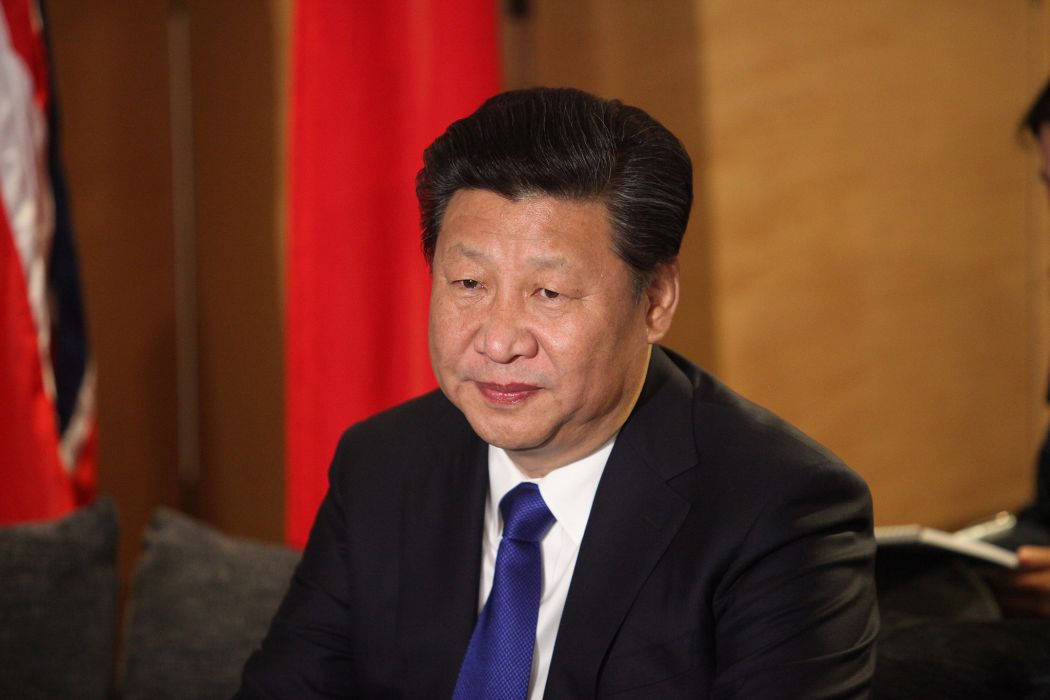by Jane Golley.
China’s two-child policy could contribute to higher rates of GDP growth (with a modest increase in domestic consumption) and it would reduce the proportion of the aged in China in the decades ahead, our research shows. But these impacts would be small — less than 0.5% per year of GDP growth and a reduction in aged dependency of 0.03 percentage points.

By contrast, GDP per capita (one measure of welfare for the average Chinese citizen) would fall by 21% in 2050 under this new policy, when compared with low fertility rates under the one-child policy.
As part of our research, we projected what would happen through to 2050 if fertility levels were to rise in response to the two-child policy, taking China’s population towards a sustainable level.
At the start of 2016, the Chinese government formally abolished the one-child policy, replacing it with a two-child policy. Chinese (state-run) media reports have stressed this change will help solve China’s ageing problem.
This is because a higher fertility rate is expected to produce more than 30 million additional people into the labour force by 2050. Official estimates by the National Health and Family Planning Commission also predict a two-child policy could increase the rate of GDP growth by 0.5 percentage points per annum over the same period.
China’s leaders are, not surprisingly, silent on the issue of the low per capita income growth that higher fertility rates would bring.

In the past, they have celebrated the contribution of the one-child policy to China’s “demographic dividend”. This term was coined by economists to explain the per capita income gains from declining fertility rates. These gains come from the decline in the number of young people dependant on their families and as a result the rise in the proportion of working-aged people in the overall population. In China’s case, this occurred from the mid-1970s onwards and may have accounted for a quarter of China’s per capita income growth since the 1980s.
The flipside of this argument is that higher fertility rates would increase young people’s dependency on their families and subsequently decrease the proportion of working-aged people in the population. According to our projections, this would substantially decrease per capita income.
Changes in fertility rates also affect the different types of skills in the labour force. In China, this is usually shaped by the proportions of the (relatively unskilled) rural and urban population. This in turn affects prices and competitiveness in different sectors of the economy.
In the last three decades, China’s rural population experienced faster declines in fertility rates from higher initial levels, compared with urban areas. This occurred despite the relaxation of the one-child policy in most rural areas to allow a second child if the first was female. It ensured that the bulk of China’s “demographic dividend” stemmed from a surge in the rural working to non-working population ratio.

If the rural population started having more children, the growth in wages for unskilled workers would slow down, due to an abundance of unskilled relative to skilled labour. This would sustain China’s competitive edge in unskilled, labour-intensive manufacturing, but it would prolong its journey towards becoming a developed economy based on high end industrial manufacturing and services. And per capita income would fall in the process.
This point mostly holds true for higher fertility rates among the urban population as well.
Our results don’t mean that we think the Chinese government’s decision to abolish the one-child policy is a bad one. However, they do suggest that a two-child policy is not the best policy option for tackling either China’s growth slowdown or its ageing problem.
Policies directed at increasing labour productivity and labour force participation rates would directly tackle the ageing problem and provide additional sources of growth as well. These include the recent extension of retirement ages to 60 years for women and 65 years for men, as well as more complex reforms to the education, welfare and hukou (household registration) systems. Combined with low fertility, these measures would increase China’s chances of rising above middle-income status in the decade ahead.
Jane Golley, Researcher, ANU College of Asia and the Pacific, Australian National University. This article was originally published on The Conversation. Read the original.
